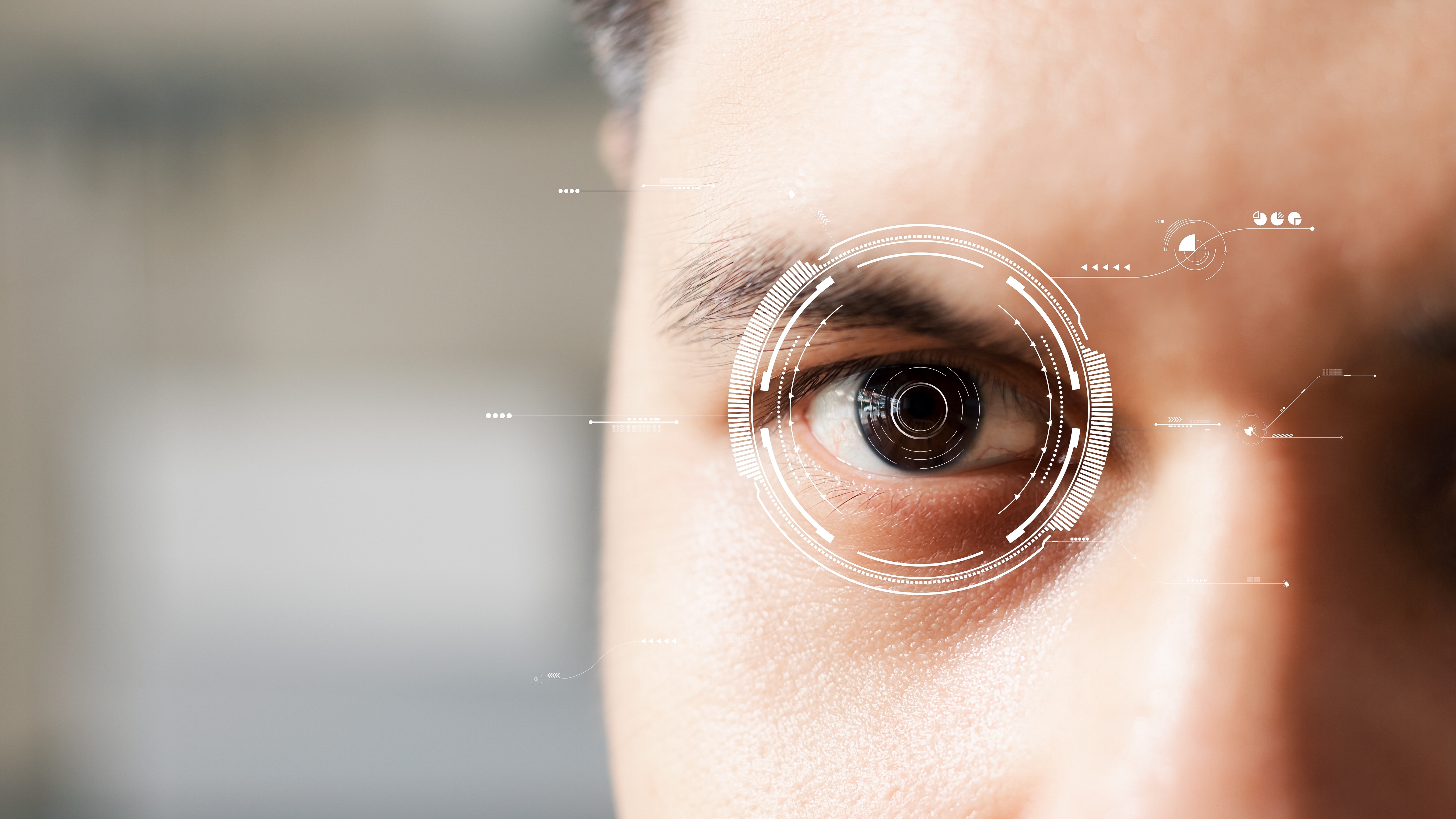Guest blog by Richard Yonck, futurist, author and speaker
In the mid-1960s, Gordon Moore famously observed that transistor density on his company’s integrated circuits was doubling on a regular basis. This exponential trend would go on to drive the semiconductor industry for over half a century. At least as importantly, Moore’s law as it has come to be known, eventually gave rise to a vast ecosystem of processors, systems, networks and standards that would ultimately transform our world and nearly everything we do in it.
But these changes did not come all at once. Engineers had to continually develop new ways to reduce the size of the traces they etched into the semiconductors. System architects had to design and build hardware that used these chips to perform basic logic operations at ever faster clock speeds. International standards needed to be established to bring about the same efficiencies that standardization brought to the industrial revolution a century earlier. New digital communications layers and protocols had to be agreed upon in order that the world could eventually become connected.
As rapidly as this all occurred, it still took time, it took innovation and ingenuity, and it took investment. While this may seem self-evident on reflection, it’s important to remind ourselves the miracles of long-range weather forecasting, near-instantaneous access to the sum of all human knowledge, and the ability to participate in an ongoing global conversation from virtually anywhere on the planet didn’t exist all that long ago. Despite these technologies being physically and theoretically possible decades earlier, the necessary underlying infrastructure simply hadn’t been built yet.
This is a pattern that we are likely to see happen again and again throughout this century. We are only now at the very beginning of an age of immense technological transformation. Similar cycles will take place across many different technologies and it’s this author’s view that affective computing (more recently called emotion AI) will be one of these. The resulting emotion economy could ultimately develop into a vast ecosystem of devices, software and services driven and selected for by the forces of the marketplace.

Why am I certain of this? Because emotion is at the core of what makes us human. It drives our thoughts and decisions. It sits as a foundation beneath all human communication. It literally shapes our experience of the world at its most fundamental level.
So here we have a range of technologies that are rapidly becoming capable of accurately reading and interpreting whatever it is we are feeling. Yet these are still rudimentary when compared with where these technologies we will be one or two decades from now. That’s because we’re continually building tomorrow’s infrastructure today. Some of this will be specific to emotion AI itself, while other elements will take place in different domains, such as wearable computing or the Internet of Things.
For instance, posture and gait analytics is still very challenging outside the lab, but at some point when a sufficient number of sensors are literally woven into the fabric of our clothing, it will be possible to interpolate all of the relative positions and then using convolutional neural networks — either provided as a service or run locally on our vastly more powerful smartphones – map that against general and personal profiles in order to accurately read body language.
Or consider the further development of the distributed sensor network known as the Internet of Things. An urban or rural environment with sufficient cameras and sensors could potentially chain these together to read expressions, gestures, posture, heart rate and much more. Privacy and security issues aside for the moment, this holds the potential to make all of our nonverbal communications as readable to our technologies as to the people around us. Perhaps even more so.
It will take time but such capabilities will become increasingly feasible as we develop the underlying hardware, standards, protocols and software, and services to support them. Driven by competitive forces that seek to fulfill business and consumer needs, we will see an ecosystem of emotionally aware products and services develop, filling niches practically as soon as they are created, giving rise to new opportunities that never previously existed.
This is why making new technologies widely available, as companies like Affectiva are doing by providing access to their APIs, is so important. This will allow all manner of creativity and innovation to blossom, bringing about new products, methods and services that might have otherwise gone undiscovered and undeveloped.

![]()
This field could well be among the major drivers of the economy in years to come, both nationally and globally. Forecasts consistently show artificial intelligence-related revenues growing rapidly for the foreseeable future, with global revenues quintupling over the next five years. Forecasts for the subcategory of affective computing mirror this growth.
These are still very early days. We need only look at software like Visicalc and WordStar, the first personal computer spreadsheet and word processor developed in 1979, to catch a glimpse of how far a technology can mature in just a few decades.
Of course the path to a fully established emotion economy won’t be completely free of stumbling blocks. For instance, the aforementioned issues of privacy and security could certainly set things back if negative public opinion and concerns led to regulation overreach. However, even if this happened, it’s unlikely these technologies would or could be blocked entirely. As history has shown us time and again, when a technology’s time arrives, someone somewhere will invent and develop it. Of course, the specific individuals, companies and countries that will do this and ultimately dominate remain up for grabs.
One approach that could benefit nearly everyone would involve taking extra steps and care in establishing industry standards from early on – particularly by not presuming that tomorrow’s applications of the technology will be the same as today’s. As an example, a number of today’s Internet vulnerabilities exist because its architects’ early assumptions about trust couldn’t be sustained as the network scaled up and became increasingly commercialized. Similarly, in just a few decades, attitudes about privacy will probably be very different from what they are today, making certain potential applications more acceptable. As a result, when establishing the eventual protocols that define let’s say the recording and reproduction of discrete units of emotion, we might want to factor in a world in which this becomes a shared form of popular entertainment.
The future of emotion AI holds many opportunities and challenges. As with so many emerging technologies, currently there is considerable interest and excitement about its potential. But there could come a point when expectations will get too far ahead of reality, leading to a period of disillusionment. This won’t mean research will stop, but it could lead to a pullback in investment from both corporations and government. Anticipating this is unlikely to prevent it from happening, but by preparing for it now, it may be feasible to chart a course that better weathers a possible emotion AI winter. This is crucial because eventually, investors and entrepreneurs will regain interest and the era of EAI 2.0 will be underway.
The famous Gartner Hype Cycle has classified this pattern for emerging technologies well and it seems unlikely that affective computing will avoid it entirely. On the other hand, it may be that sometime in the future, these same emotionally aware technologies will make it possible for us to forego this same hype cycle, assisting us in overcoming the cognitive biases our emotions invariably pull us toward. This is just another of the amazing ways this technology could eventually assist us in the future.
The emotion economy is well under way, but it is still only a glimmer of what it may one day become. Looking ahead, we can see the opportunity to determine and direct the ways it will eventually be used. As it gives rise to many beneficial applications, these technologies will ultimately lead to tremendous transformations of our world, reminding us that the realities of tomorrow are built on the dreams of today.
![]()
 About Richard Yonck
About Richard Yonck
Richard Yonck is a futurist, author and speaker with Intelligent Future Consulting in Seattle. His new book, “Heart of the Machine: Our Future in a World of Artificial Emotional Intelligence” explores the next giant step in the relationship between humans and machines.






